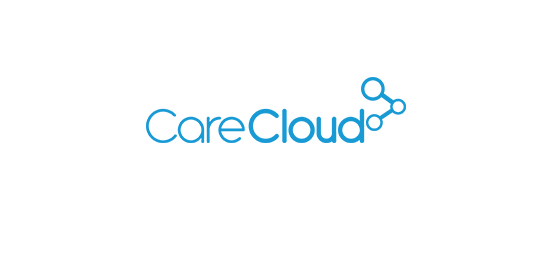Human-Generated Aata: The Missing Link in AI-Powered Revenue Cycles
Mounting financial pressures for healthcare organizations mean sustainability hinges on reducing the cost to collect. Ongoing challenges associated with declining reimbursements, higher clinical and administrative costs and staffing shortages in the billing department leave providers without a lot of recourse for improving operational margin. Yet within the growing list of negative bottom-line issues, there is ... Read More


Mounting financial pressures for healthcare organizations mean sustainability hinges on reducing the cost to collect. Ongoing challenges associated with declining reimbursements, higher clinical and administrative costs and staffing shortages in the billing department leave providers without a lot of recourse for improving operational margin. Yet within the growing list of negative bottom-line issues, there is one area where healthcare leaders have some control to improve the outlook: increasing staff capacity by reducing the amount of touches it takes to get paid for services rendered.
In an effort to streamline revenue cycle processes, many provider organizations are turning to the adoption of automation, analytics and AI to become more effective. A 2023 McKinsey analysis points to significant cost savings associated with these efforts to the tune of eliminating $200 billion to $360 billion of spending in US healthcare overall. In fact, healthcare executives named automation and AI as their highest investment priority for revenue cycle to speed payments and address staffing challenges in a 2024 Guidehouse survey.
Like providers, the opportunity is not lost on health plans. Payers are rapidly adopting AI and automation to serve their bottom-line goals. This creates tension as providers try to get in front of the increasing impact of claim denials and the ability to get paid timely.
The big question is: “Who’s going to win the AI/automation race?” As providers look to adopt advanced technologies, there is much to consider. Increasing staff capacity is a natural starting point, but there is one particular opportunity that is often overlooked: the power of “human-generated” data.
Common Data Versus Human Generated Data
Existing infrastructures for revenue cycle processes in most provider organizations are limited to analyzing common data, such as information related to denials and claims status. The missing piece from most systems is human-generated data—data created by the teams in the process of resolving claims that does not exist in practice management, EMR and claims clearinghouse.
Every human touch to a claim costs money. Consequently, success in reducing the cost to collect is directly tied to the number of touches a claim receives. Due to infrastructure limitations, healthcare organizations looking to adopt AI and automation in the revenue cycle are restricted to common data sets, a huge limiting factor for the ability to leverage all the possibilities of automation with AI.
Common data leaves out important insights into true claims’ status such as the action taken by staff and their ability to impact that AR balance in the form of money in the bank. We have found that more than 60% of the touches in a revenue cycle are wasted resulting in zero financial outcome for the organization which puts tremendous downward pressure on margin. Furthermore, the superior intelligence generated from human-driven data will pinpoint the parts of the revenue cycle where breakdowns are occurring that require the claim to be reviewed by a human vs. paid without any intervention.
Maximizing existing tools by applying AI and automation is important, but providers need additional data to have a complete picture. Without the ability to drill down further into claim touchpoints, financial leaders cannot measure staff effectiveness as it pertains to collecting monies after a service is rendered, ultimately limiting their ability to diagnose the “why” around subpar or ineffective processes and technology.
Putting Human Generated Data to Work
Provider organizations can take a holistic approach to understanding the relationship between staff productivity and claim touches by deploying revenue cycle workflow and financial clearance automation tools that track every action taken to resolve a claim.
One area where advanced technology can generate immediate ROI is patient financial clearance. Error-prone, manual front-end processes associated with registration, authorization and insurance verification cause the majority of denials on the back end. With work drivers in place to ensure all the necessary steps are taken and patient information is collected before their arrival, claims can be processed without a billing representative touching them later. We call this Zero Touch Rate, which is much different than the outdated metric of clean claim pass rate. Zero touch rate should exceed 85% in a well performing revenue cycle.
Additionally, given that 80% to 90% of claims sitting in AR do not require work on a given day, workflow automation solutions prioritize the claims that need attention to ensure billing staff are focused on productive work. These tools guide representatives towards work that has potential to produce the most ROI, rather than having staff waste time on claims that do not need to be touched. On average, we find that these solutions can increase capacity of existing staff by a minimum of 30%.
This kind of success goes back to the principles of total actions to outcomes and understanding the relationship between the two. Providers cannot reduce the cost to collect without visibility into the “why” claims have been worked two times, five times or 10 or more times—and the only way to get to those insights is by applying automation and AI to both common and human generated data to monitor every touch.
About Matt Seefeld
Matt Seefeld joined MedEvolve in 2017, bringing with him more than 25 years of management consulting experience in the healthcare industry. As CCO, he is responsible for all go to market strategy and revenue functions at the company across the entire customer journey. Prior to MedEvolve, he developed an intelligent workflow automation and analytics solution and founded Interpoint Partners, LLC in 2007, where he served as Chairman and Chief Executive Officer. He sold the company to Streamline Health in 2011 where he continued as a senior executive.
He began his career with Stockamp & Associates, Inc. (now Huron Consulting Group) and worked for both PricewaterhouseCoopers LLP and Deloitte Consulting LLP in their healthcare and life sciences practice lines. Outside of work, Matt is the Founder of myLifeLink a free virtual community app to help those suffering from addiction.






























































































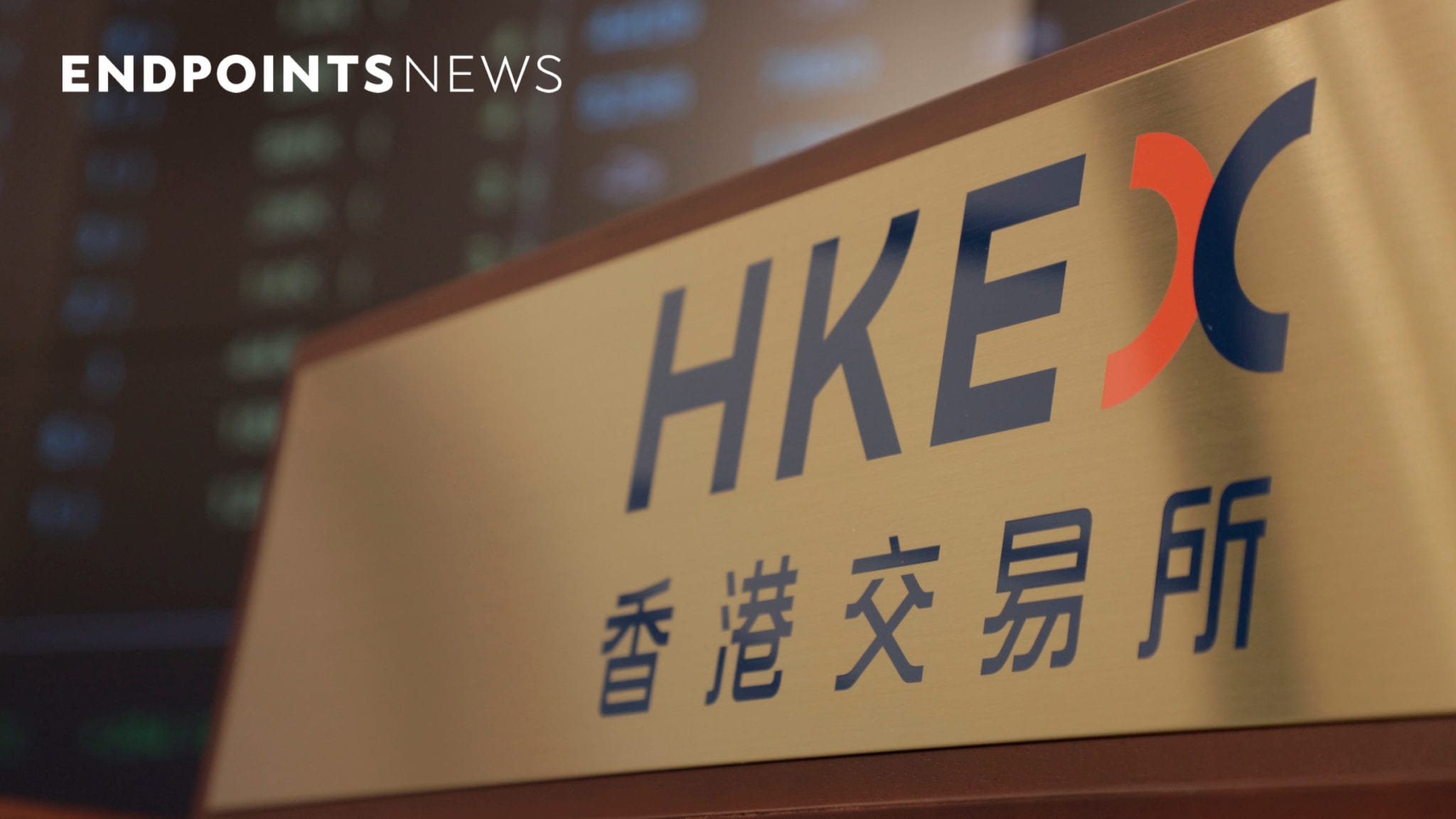
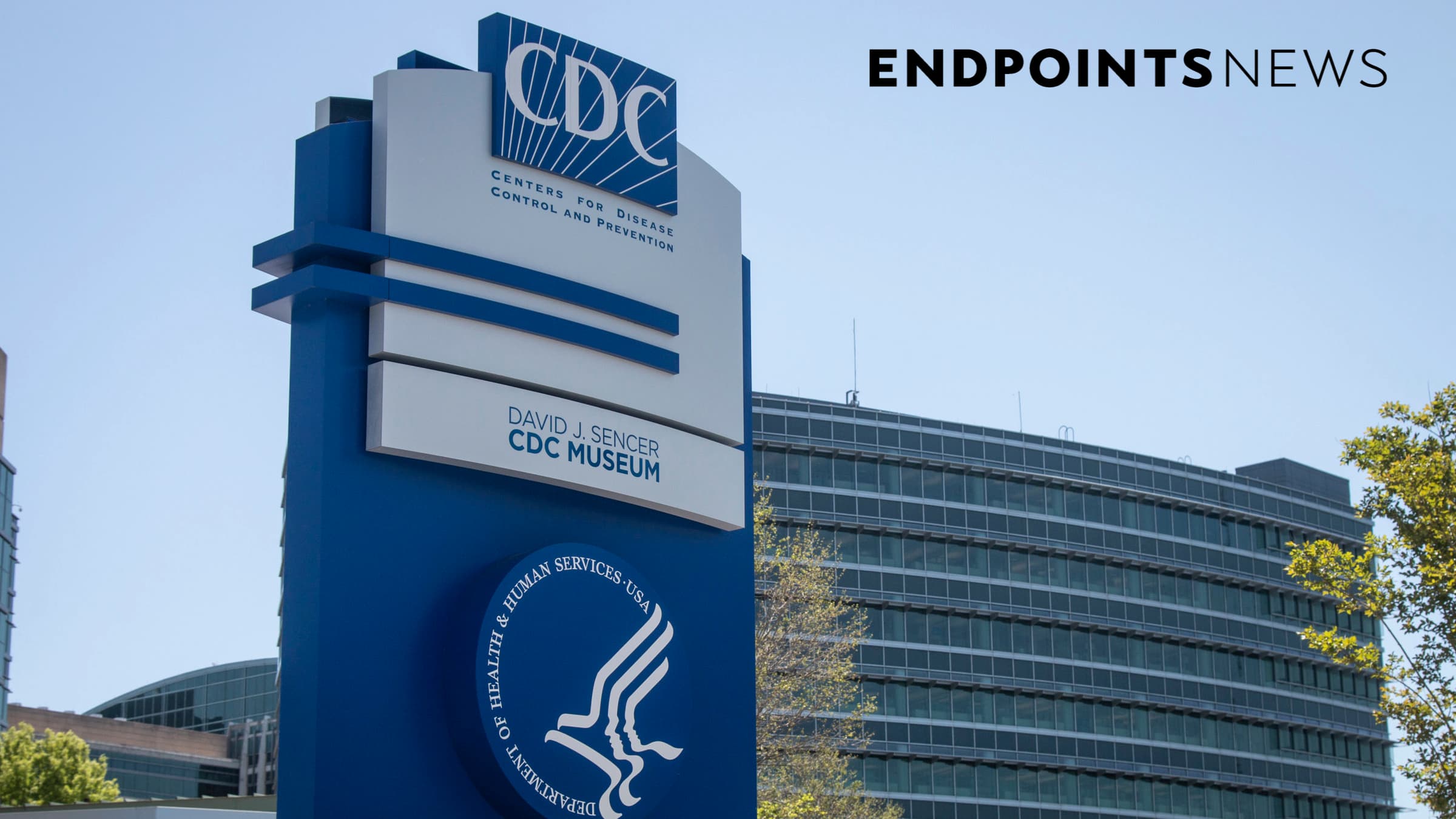
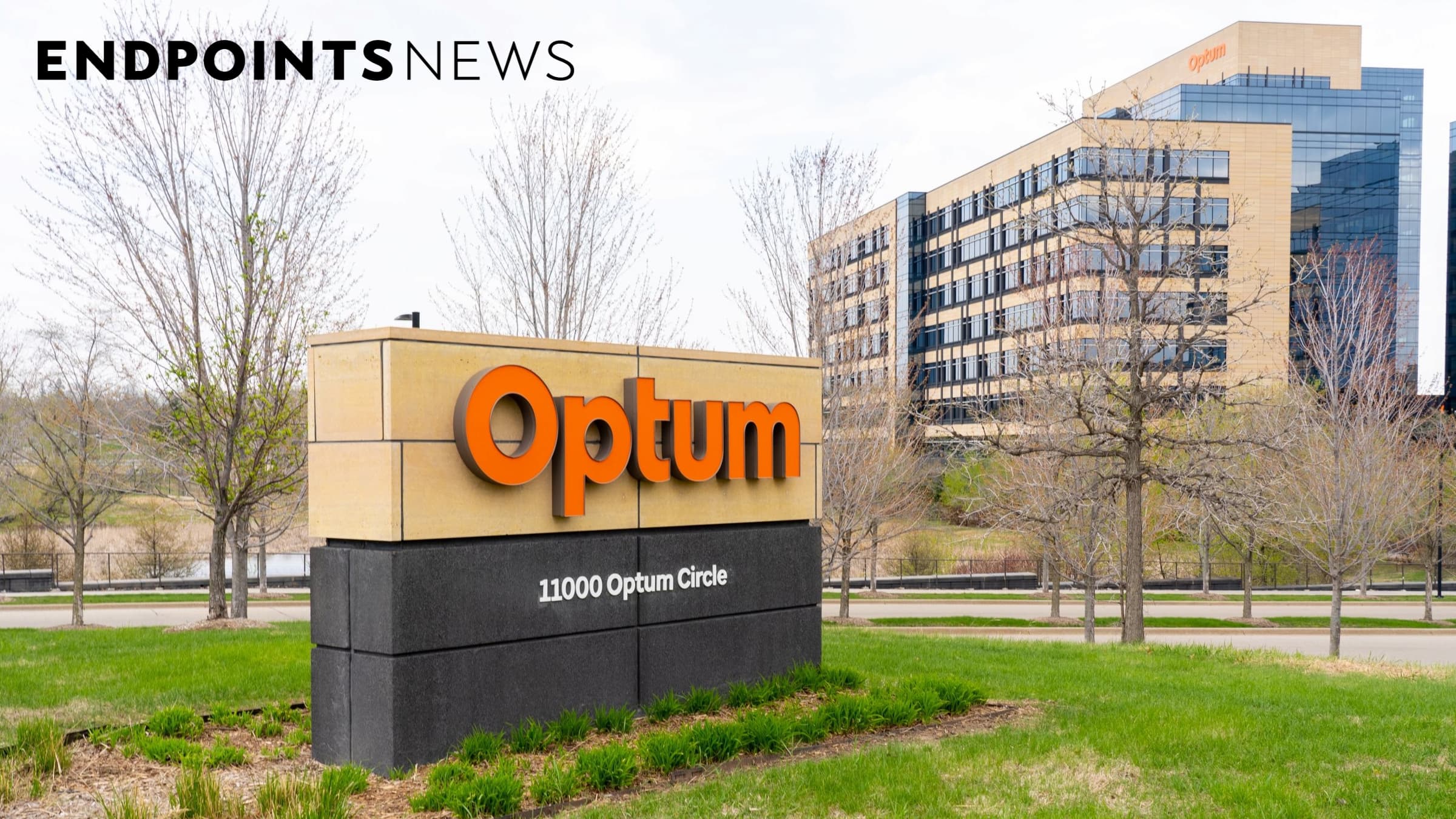
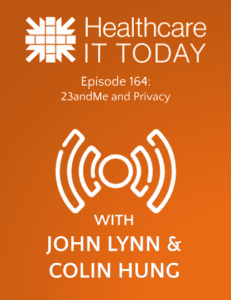


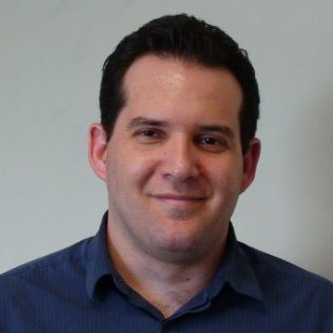
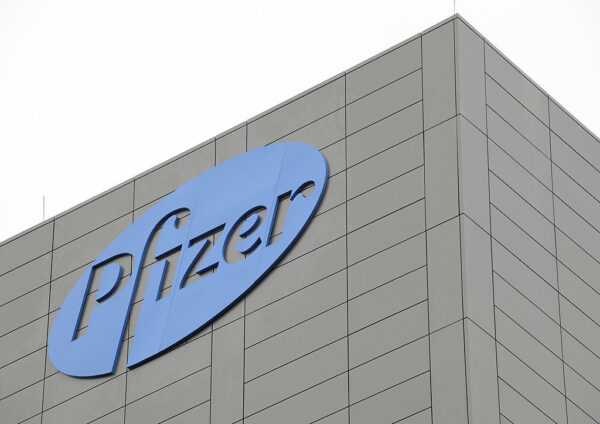

















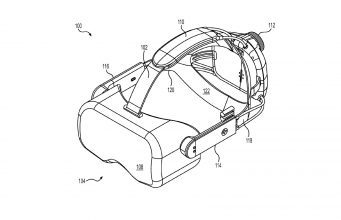


![The breaking news round-up: Decagear launches today, Pimax announces new headsets, and more! [APRIL FOOL’S]](https://i0.wp.com/skarredghost.com/wp-content/uploads/2025/03/lawk_glasses_handson.jpg?fit=1366%2C1025&ssl=1)














